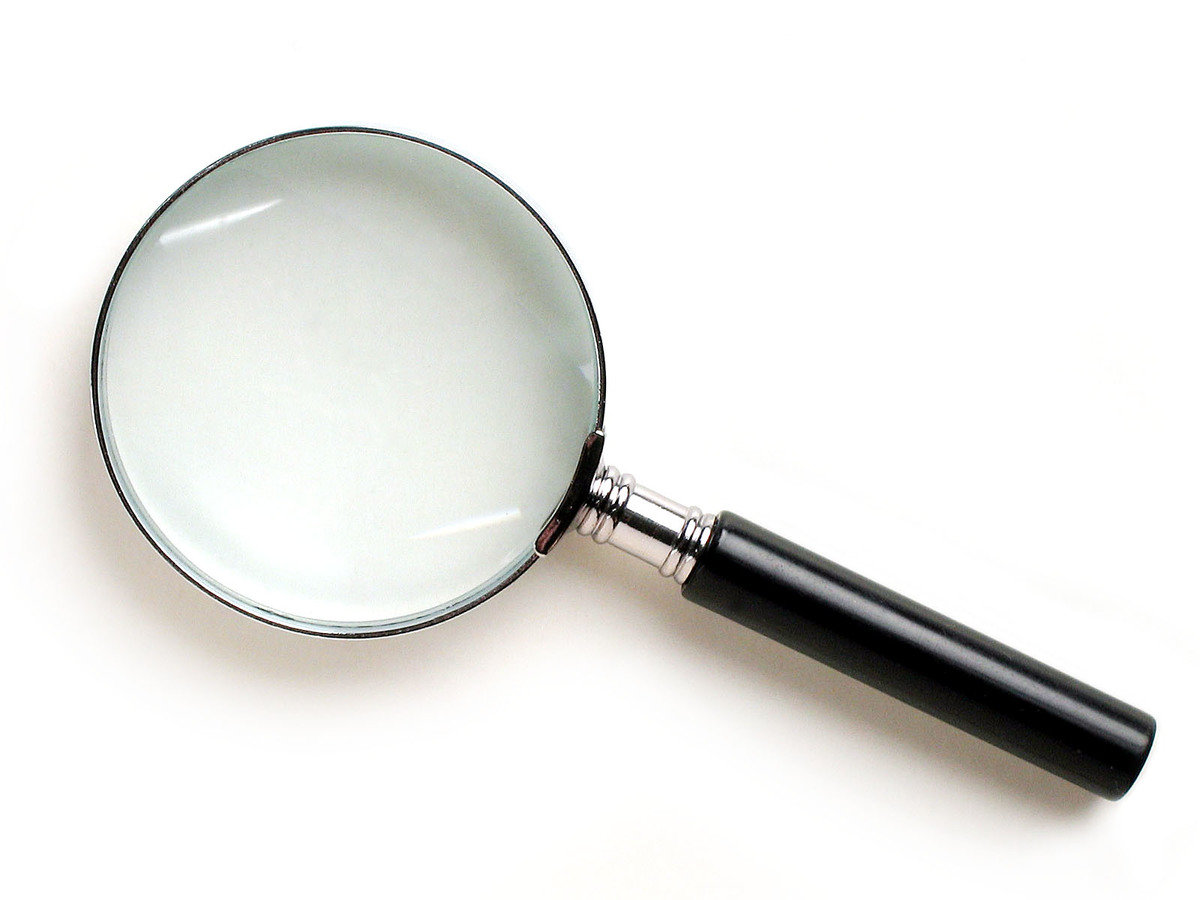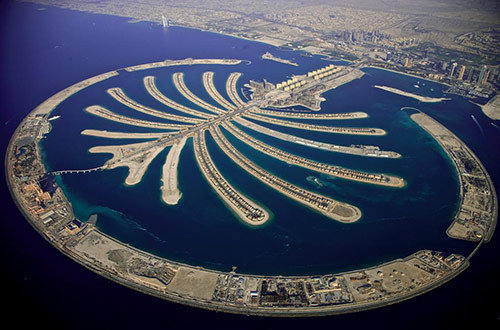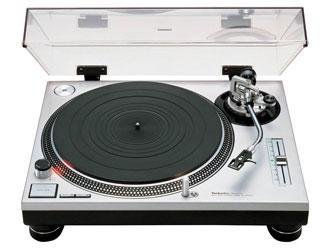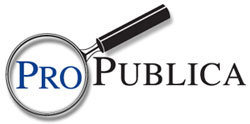How to build a
data-driven radio storyline
Jacopo Ottaviani – @JacopoOttaviani
Don't panic
We'll give you a file with all what we're going to talk about
Given the UNESCO heritage endangered sites dataset...
TITLE, HEADLINE & HASHTAG
- Title, e.g.: "Four thousand years were hit by the Syrian war
- Headline: e.g. "Mapping the damaged UNESCO heritage sites in Syria"
- Hashtag: #UnescoUnderThreat

DIVE INTO DATA, 1
ZOOM IN – Pick one or more UNESCO heritage site(s) from the list
- Criteria of choice: the oldest, the most famous, the most damaged, all
- Introduce the story of this UNESCO in a narrative, appealing way: "2,000 years ago a bunch of romans came here and started building a castle..."

DIVE INTO DATA, 2
EXPLORE – Describe the damage scenes of the chosen heritage site
- When the events documented happened?
- Who are the perpetrators?
- How it was damaged?
- What tools or weapons were used?
- Describe the scenes that can be seen on the video (pick the most dramatic ones)
- Try to quantify the damage in EUR (if possible, e.g., how much would cost to restore it?)

DIVE INTO DATA, 3
ZOOM OUT — and give overview of the 6 Heritage damaged sites according to the data records
- How many events of damage are documented in the dataset (specify that is an underestimation, a sort of lower bound, because some are not documented)
- How many event per kind of attack/damage
- Which is the oldest one? The most recent?
- Try to mention all them, and the geographic zone

Bird's eye view
DIVE INTO DATA, 4
COMPARISONS — use well known objects to compare quantities, sizes, weights, heights, numbers, etc.
- "Over 40 million tonnes of electric and electronic waste are produced worldwide every year. That is boundless heaps of refrigerators, computers, television sets, [...], with a total weight equal to seven times that of the Great Pyramid of Giza."
- Use football fields to express "areas" (e.g., square kilometers, hectares)

CONTEXTUALISATION
— Mention facts and recent news to contextualise the story. For example:
- From the UNESCO website http://whc.unesco.org/en/news/1038/ : "UNESCO has decided to place the six World Heritage sites of Syria on the List of World Heritage in Danger so as to draw attention to the risks they are facing because of the situation in the country."
- "In June 2013, UNESCO placed Syria's six World Heritage Sites on the organization's list of endangered sites"
- Besides the 6 UNESCO heritage sites, there are more than 300 historic sites damaged according to UN (http://www.unitar.org/unosat-report-damage-cultural-heritage-sites-syria-calls-scaled-protection-efforts )
DATA HUMANISATION
Include human stories to maximise emotional impact and engage listeners:
- Build a story around a person or community involved in the violation
- Interview experts, researchers, human rights advocates, activists, professors, etc.
- Interview the authors of the data source: e.g. the groups which are collecting information and documenting violations such as APSA.


EFFECTS & SOUND
- Music: songs
- Sounds: can be extracted from the videos (e.g. traffic jam, markets, etc.)
- Extracts from Youtube videos
- Rhythm: distribute speech, music, effects and sounds to make it listenable and accessible
- More ideas from you...

FORMAT
- Single story
-
Series of episodes (iterate the methods above on other “data points” or “episodes”)
- For example, one episode for every endangered site
- Re-iteration of process
-
Cross media strategy
- as seen with NPR + Propublica


DISTRIBUTION & OUTREACH
- Languages (e.g. Arabic + English)
- Channels (on air, podcasts, online posts to accompany or launch it)
- Social networks
- Partnerships with other media outlets
- Release the data on the website in open format (so other activists/journalists can re-use it) – but be careful for personal data and privacy issues


Work on it as if it was a mosaic.
Listen to the story
Thank you! Questions?
data driven radio storyline
By jottaviani
data driven radio storyline
- 953



